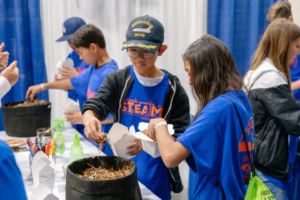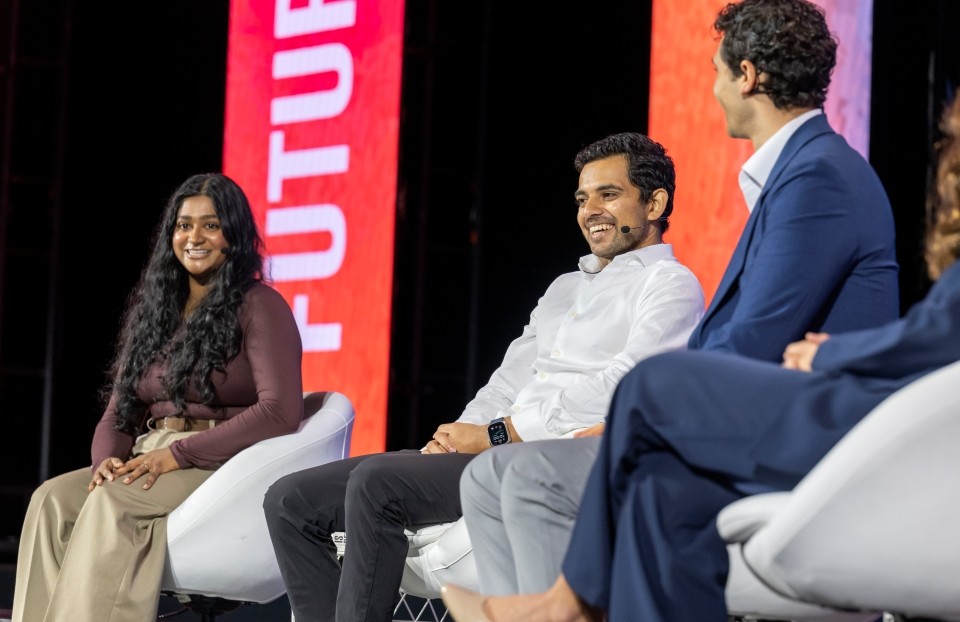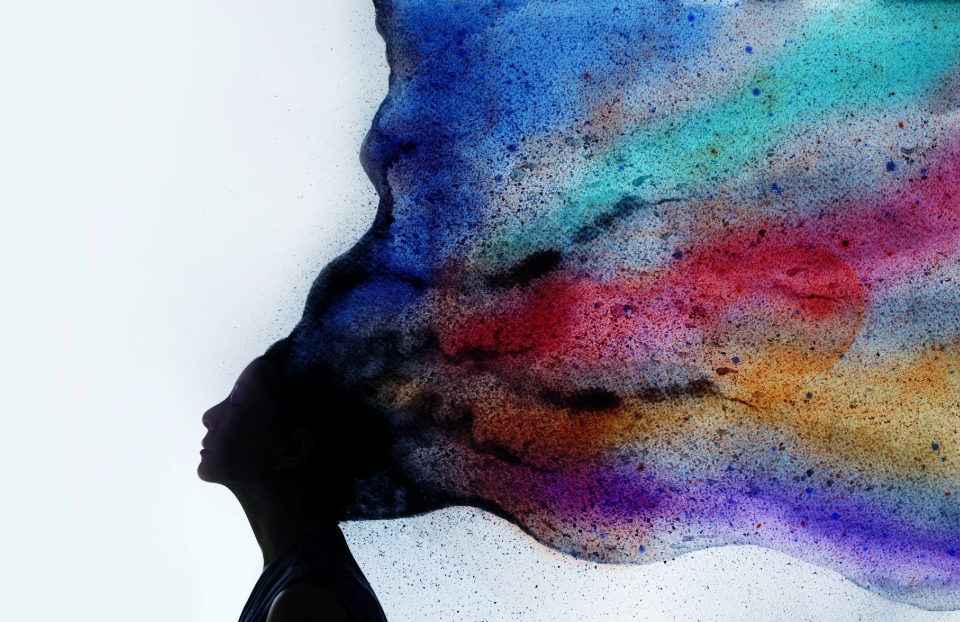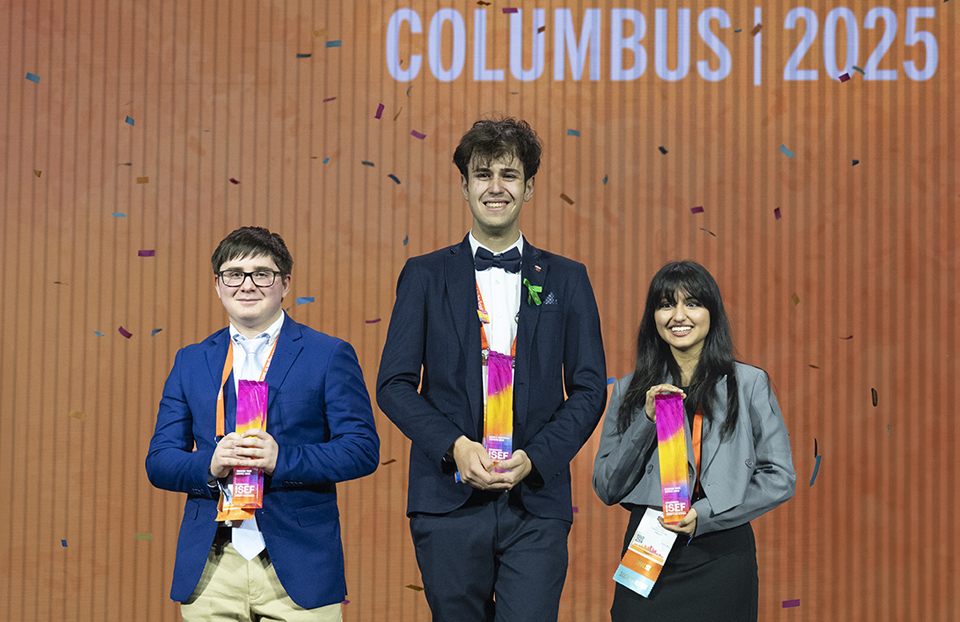Empowering young minds: Education Outreach Day at Regeneron ISEF inspires L.A. students in scientific inquiry
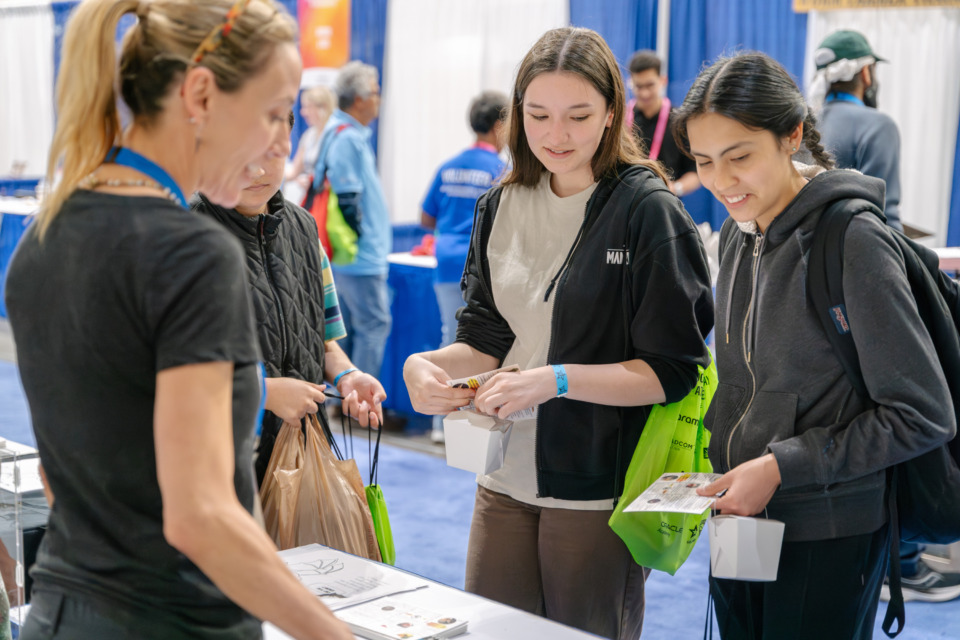
During Education Outreach Day at Regeneron ISEF 2024, approximately 3,271 students from 56 schools throughout the Los Angeles region visited the Los Angeles Convention Center to get up close and personal with the exciting STEM research conducted by students all over the world. Education Outreach Day was a unique opportunity for these students to not only learn about the vast opportunities for STEM regionally, but also to learn how they could participate in science fairs in the future.
Huy Pham, a teacher from Westminster High School in Westminster, California, shared that while his students began the day feeling a bit intimidated by the projects at ISEF, they ended the day inspired to tackle their own research. “As they explored and talked to the student researchers, they realized that yes, the projects were advanced, but they were not too far out of the ballpark from their own projects and were within their own realm of knowledge, skills and passion,” Huy said.
In addition to inspiration for research projects, Huy shared that outreach days are important as “students learn without the pressure of grades or standards.” He added, “Exposure and relatability are key to welcoming students to STEM. You can’t be what you can’t see.”
This sentiment was echoed by Vivienne Byrd, a STEM librarian and program lead at the Los Angeles Public Library. “Education Outreach Day lets our students know that every single person in STEM is not wearing a white lab coat. All of us can be scientists. It is very beneficial for students see people from all walks of life and different parts of the world getting involved in STEM at different levels, be it for fun or for academics,” Vivienne shared.
The Los Angeles Public Library brought two projects for the day: one to teach students about solar power in homes, and the other which allowed kids to build a simple flashlight and learn about circuitry. Vivienne said that days like this give students an opportunity to “start identifying as part of the STEM community.”
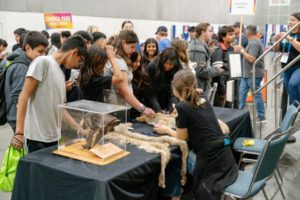
Felicity Eriksson, an educator at the Shark Lab at California State University, Long Beach, shared that she enjoys engaging students in marine biology because so many STEM disciplines can find a home within the field. She mentioned that while there are numerous ways to inspire kids when it comes to research and STEM, she thinks the most effective is to allow students follow “their own curiosity.”
“My favorite way to teach is by letting them make connections for themselves,” Felicity said. “We have all these different shark parts here, and I enjoy guiding the kids through the ideas. For example, sharks have many rows of teeth. I might ask, ‘Why do you think that is?’ Getting them to make those connections is a great way to help them grasp scientific concepts.”
The Natural History Museum of Los Angeles County, another of the 54 exhibitors present, brought a mobile lab to the convention center to showcase research on tar pits and other local natural phenomena. Diana Sanchez, an education outreach exhibitor with the museum, shared that accessibility is crucial for the future of museums. “There’s a long history of STEM being open to only white males in society,” she said. “The museum is making more strides to emphasize that science is for everyone, because the more people of different backgrounds we include in research or outreach or education, the more understanding we have of the rest of the world.”
Making the world of STEM more welcoming and inclusive was a theme with several exhibitors this year, including DIY Girls, a nonprofit afterschool program in Los Angeles. While this group aims to bring more girls and gender-diverse students into the world of STEM, their program goals extend beyond the lab and classroom. “One thing that we are trying to do is create safe environments,” said Sr. Director of Programs & Partnerships, Cristina Gutierrez. “We want to make sure that our students who go on to pursue these careers are well equipped with soft skills as well, because I think that that helps us be better humans and be more accepting of people with different backgrounds, different ideas and different experiences.”
DIY Girls has served over 5,000 students through their program, and more than half of their alumni who have reached college age or beyond have pursued STEM degrees.
Educators can join the Society for Science Educators Facebook page for announcements of similar opportunities. Check it out here: https://www.facebook.com/groups/societyeducators
